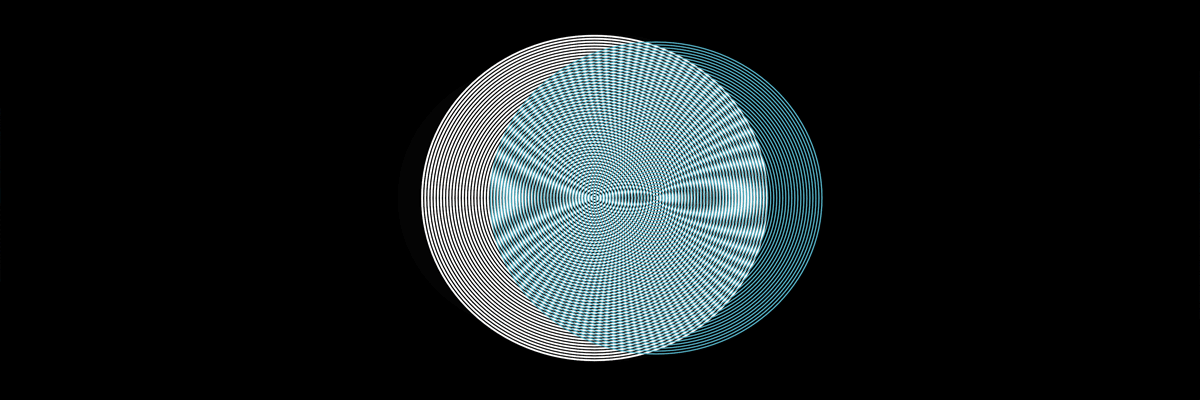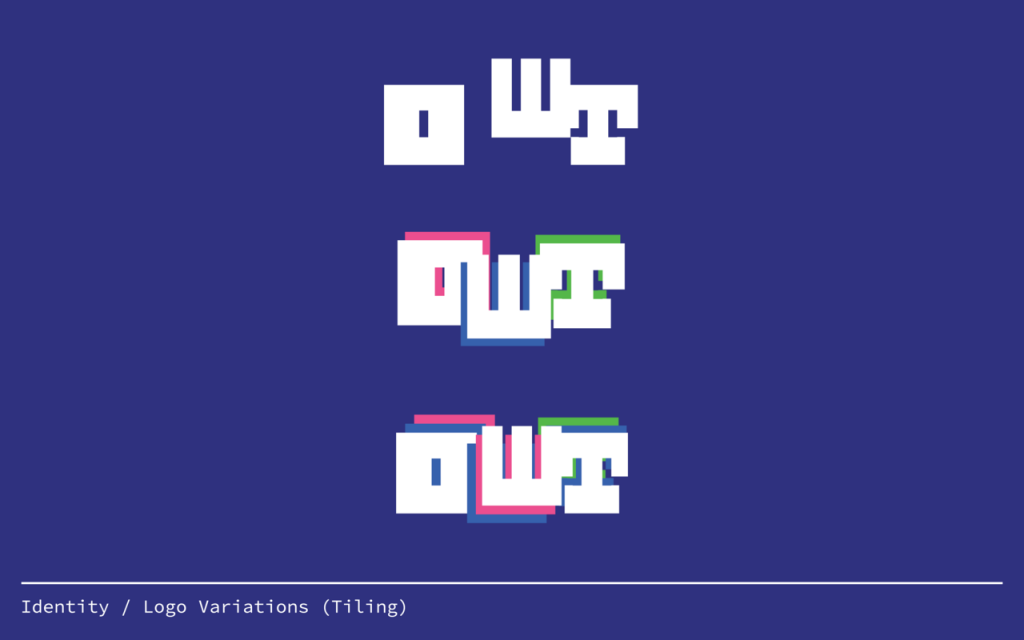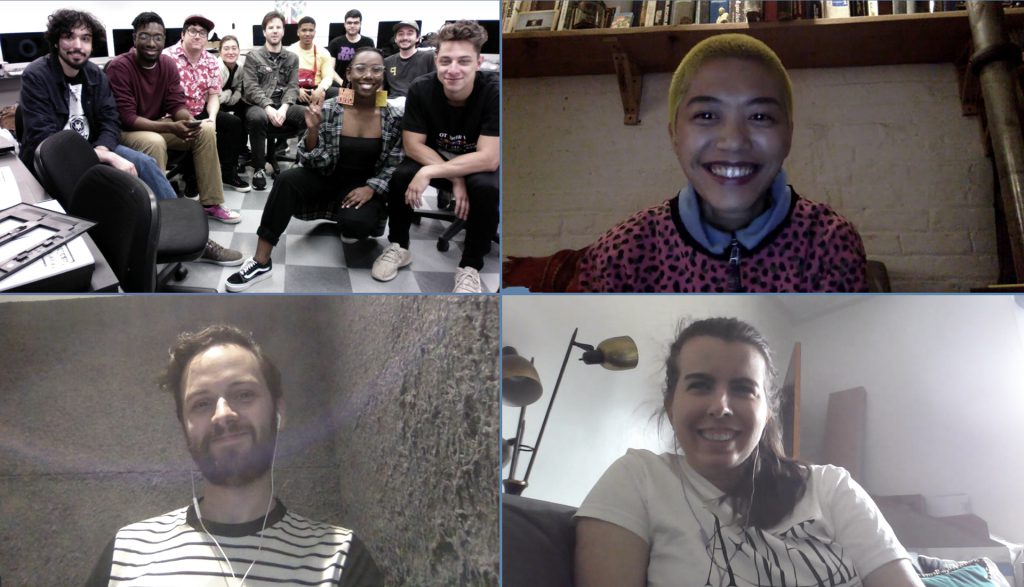In case any of you know someone who is looking for full-time work:
Junior Designer- BARD GRADUATE CENTER
The Bard Graduate Center (BGC), a division of Bard College located on West 86th Street in New York City, is seeking a full-time Junior Designer.
Founded in 1993, the BGC is comprised of an Academic Program, Research Institute and Gallery. We offer MA and PhD programs in the study of the cultural history of the material world and are committed to the encyclopedic study of things, drawing on methodologies and approaches from art and design history, history of technology, philosophy, anthropology, and archaeology and cultural history.
The world renowned Gallery organizes four exhibitions during the academic year. Our exhibitions examine the material evidence of cultures extending from ancient world to the present inclusive of Africa, the Americas, Asia, and Europe. Each exhibition is accompanied by a scholarly book published in collaboration with, or distributed by, Yale University Press.
JOB SUMMARY:
Reporting to the Art Director, the Junior Designer will divide their time between design responsibilities and design support responsibilities. Design tasks include work for print, digital, and signage projects. Support includes maintenance of the BGC website, responding to varied web update and small print needs from around the institution, and managing supplies and digital files for the Art Department.
CHARACTERISTICS, DUTIES, & RESPONSIBILITIES:
• Design and assist in the creation of print materials (ads, posters, brochures, exhibition related ephemera, and exhibition books)
• Produce BGC stationary and paraphernalia (business cards, tote bags, etc)
• Daily upkeep and administration of the BGC’s website via a content management system
• Support Website Manager in maintaining social media feeds
• Photograph and video BGC events.
• Other duties as assigned
REQUIRED QUALIFICATIONS:
• Design Skills, demonstrated by a portfolio
• InDesign, Photoshop, Illustrator
• Basic HTML and CSS; familiarity with coding for HTML emails a plus
• Experience with print production
• Basic photography/videography skills
• Ability to code for WordPress a plus
To apply, please submit a cover letter, resume and contact information for three references to dd@bgc.bard.edu. No telephone calls please. The Bard Graduate Center is an equal opportunity employer and we welcome applications from those who contribute to our diversity. AA/EOE






